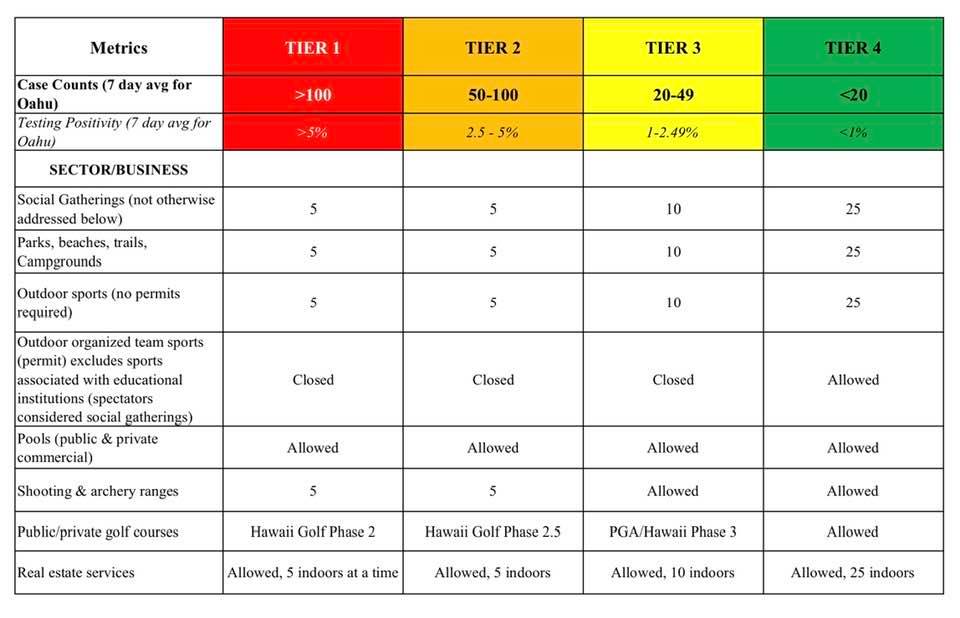Hawaii Governor David Ige made a couple of unusually direct appeals to travelers yesterday.
“Tourists should stay away from Hawaii, and residents should restrict travel to essential business only at least through the end of October,” Gov. David Ige said Monday, according to the Honolulu Star-Advertiser.
“I’m asking all residents and visitors alike to restrict travel, curtail travel, to Hawaii to essential activities only,” Ige said.
His comments reflect both concern with the new and dramatically higher levels of new Covid-19 cases, and rising hospitalization numbers which have left some medical facilties filled to capacity. There’s also a concern that while hotels are enjoying relatively high occupancy, visitors are finding restaurants operating at reduced seating capacity, creating long lines and extended waits, while other event venues are again facing strict limits on both indoor and outdoor events and gatherings.
We’ve been hoping to take a long-planned trip to visit friends and family near San Francisco in mid-September, and carefully watching how the current covid spike is playing out in places where we are hoping to spend time. Ige’s call to avoid non-essential recreational travel now puts us on the spot, along with many others, I’m sure.
What’s the proper response? If we ignore the governor’s call, are we aligning ourselves with irresponsible anti-maskers and dangerous anti-vaxxers, and suddenly becoming part of the problem ourselves?
It poses one of those ethical questions. While it may not matter whether we choose to make a less-than-essential trip to the mainland, if everyone makes the same choice, it would probably undercut attempts to get this surge in cases under control.
So how should we be processing the governor’s call to avoid travel?
[Update 8/25/2021: Today I’m cancelling the various parts of our previously planned September trip to California. After considering the different moving parts of the Covid-19 situation, including growing evidence fully vaccinated people can be asymptomatic carriers of the Delta variant–meaning they may not know they are infected but can spread it to others–we decided to heed Governor Ige’s call to defer nonessential travel at this time. Luckily, it’s a disappointment, but not a huge sacrifice for us. Thanks for sharing your thoughts.]


